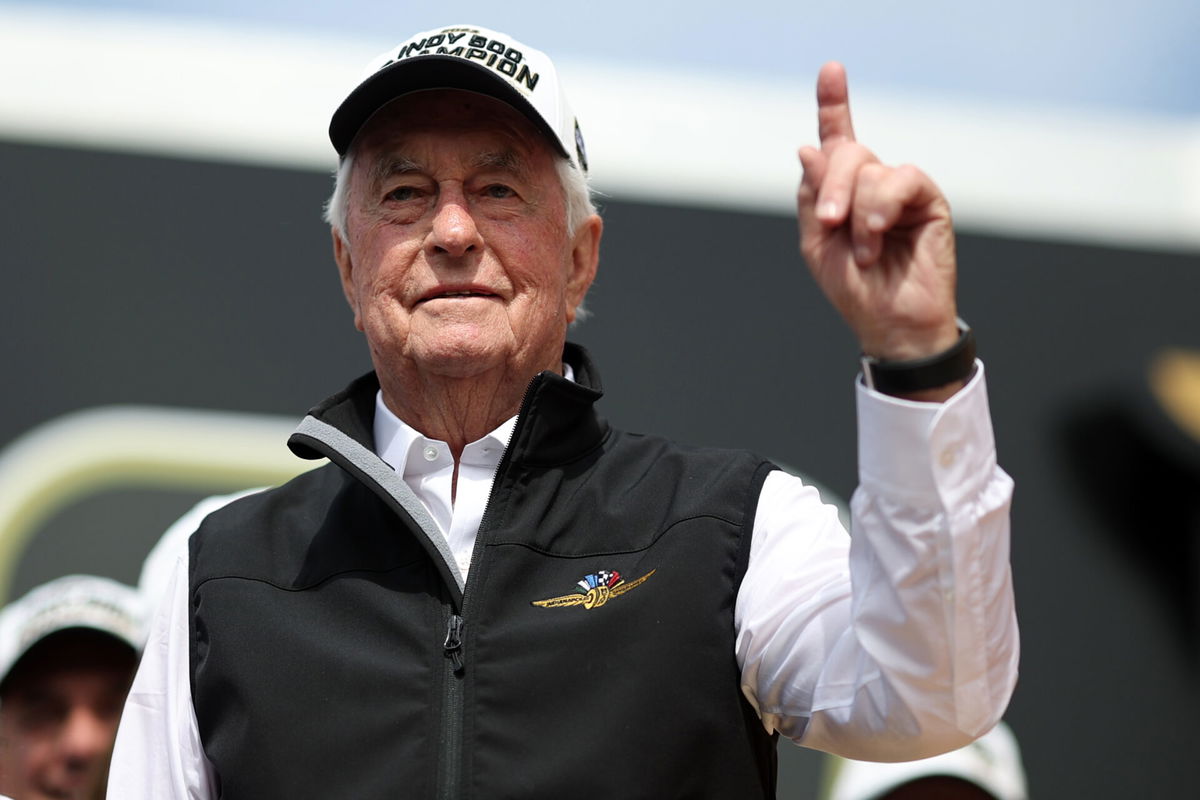
Getty
INDIANAPOLIS, INDIANA – MAY 28: Team owner Roger Penske poses for a photo in victory lane after his driver Josef Newgarden, driver of the #2 PPG Team Penske Chevrolet, wins the 107th Running of Indianapolis 500 at Indianapolis Motor Speedway on May 28, 2023 in Indianapolis, Indiana. (Photo by James Gilbert/Getty Images)

Getty
INDIANAPOLIS, INDIANA – MAY 28: Team owner Roger Penske poses for a photo in victory lane after his driver Josef Newgarden, driver of the #2 PPG Team Penske Chevrolet, wins the 107th Running of Indianapolis 500 at Indianapolis Motor Speedway on May 28, 2023 in Indianapolis, Indiana. (Photo by James Gilbert/Getty Images)
In January 2020, Roger Penske made a move no one saw coming. He bought the Indianapolis Motor Speedway, the IndyCar Series, and IMS Productions. This wasn’t just a business deal—it was a takeover of legacy. Penske, known for precision and discipline, didn’t buy the Speedway to maintain it. He planned to elevate it. “We are very focused on enhancing your experience at the track and making sure that the Indianapolis Motor Speedway continues to be one of the best entertainment venues in the world,” he said in a message.
Watch What’s Trending Now!
From the start, Penske was all in. His intentions were clear: preserve the legacy while pushing into a new future. He poured millions into upgrades that covered everything from tech improvements and safer barriers to restrooms and connectivity. He upgraded walkways, installed 5G, added giant video screens, and even overhauled Victory Lane to make it more fan-friendly. Each move wasn’t just about bricks and mortar. It was about building belief again. And slowly, fans returned.
Attendance crept up, and so did excitement. Penske believed the Indy 500 should be more than a race. It had to be an unforgettable experience. Now, five years later, Penske’s vision has hit full throttle. The 2025 Indianapolis 500 has officially sold out all grandstand seats, its first sellout since the historic 100th running in 2016. But this isn’t just a win for IndyCar. It’s a sharp, painful contrast for NASCAR. Daytona 500, long considered the crown jewel of stock car racing, now looks like it’s playing catch-up. Penske has drawn a line in the asphalt, and it’s clear who’s in the lead.
ADVERTISEMENT
Roger Penske’s sellout surge leaves Daytona in the dust!
The announcement of the Indy 500 sellout came with pride and a message. IndyCar and IMS President Doug Boles confirmed it last Friday, saying, “We are within four digits in terms of tickets remaining, and we wanted to get that out now so those fans that were thinking about coming, they’ve got a few hours to get that done.” By Monday, fans had claimed every grandstand seat. The sellout triggered the lifting of the blackout rule in the Indianapolis area—a decades-old tradition that only lifts when every seat is sold.
Now, the 109th running of the Indy 500 is set to break more than speed records. With 232,000 grandstand seats snapped up and thousands more in suites and infield, the crowd will top 350,000. That pride extended to the broadcast booth. Fox Sports CEO Eric Shanks, heading into his first Indy 500 broadcast, added, “Fox Sports is all in on IndyCar, and this is an incredible accomplishment to celebrate with our first Indy 500 broadcast. I am personally thrilled to see the grandstands filled on race day.”
ADVERTISEMENT
The #Indy500 grandstands are officially sold out, which means 350,000 are expected for the largest single day sporting event in the world.
— Jenna Fryer (@JennaFryer) May 20, 2025
For IndyCar, this wasn’t just a return to form. It was a resurrection. And for Penske, it was a loud, packed, and undeniable statement. But where Indy rose, Daytona stagnated. Once NASCAR’s shining light, the Daytona 500 now sits in a very different spot. After the massive “Daytona Rising” renovation finished in 2016, the track reduced its capacity from over 146,000 to just 101,500. The good old back-stretch seating area was also taken down. Wider seats, more comfort, better concessions. Yes, it all sounded great. But with fewer seats, the buzz started to fade.
ADVERTISEMENT
NASCAR claimed full sellouts year after year. Yet, when you’re only filling two-thirds of what used to be, it’s a hollow victory. Even with sellouts from 2022 to 2025, the Daytona 500 tops out around 150,000 with infield and camping. Compare that to Indy’s 350,000, and the difference is jarring. The Indy 500 now feels like the sport’s heartbeat. Daytona, once the center of American motorsports, feels like a memory.
Roger Penske didn’t stop at repairs. He went for transformation. The Speedway saw over $30 million in investments. The museum received a $60 million revamp. More than that, he restored the soul of the track. “You can see how quickly we get to that 350,000 number,” Boles explained, nodding to Penske’s planning and execution. For 2025, the excitement is through the roof. The Indy 500 is back on local television. General admission tickets are still moving fast. While IndyCar celebrates, there’s still drama behind the scenes. With the Indy 500 fast approaching, Penske’s team has landed itself in controversy again. As competitors line up on the grid, whispers are growing louder about integrity, favoritism, and rules.
Top Stories
‘RIP’: NASCAR World Crumbles in Tears as 39-YO Former JR Motorsports Driver Passes Away
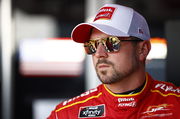
EXCLUSIVE: Kyle Petty: NASCAR’s Renaissance Man
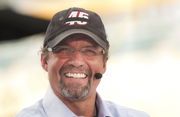
Jeff Gordon Duped Into False Hope as NASCAR’s Blatant Lie Exposes Jim France as Culprit No. 1
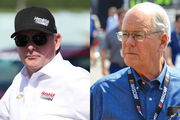
Displeased Judge Bell Explodes on NASCAR Lawyers Caught Red-Handed In Dirty Courtroom Tactics
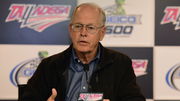
NASCAR Trapped in $61M Financial Nightmare as Steve O’Donnell Admits Stripping Team Power to Force Mexico Agenda

ADVERTISEMENT
Penske’s integrity challenged by the Team owners!
Just as Roger Penske celebrates his victory in the stands, the garage tells a different story. For the second time in a year, his team is caught breaking the rules. IndyCar dropped the hammer just days before the big race. Josef Newgarden and Will Power, two of Penske’s top drivers, were pushed to the back. Their strategists were suspended. The reason? Modified spec parts. Specifically, filled seams on the attenuator, against the rules.
Team Penske President Tim Cindric defended the decision. “We didn’t think it gave a performance advantage. But if they don’t like the seam being filled, they don’t like the seam being filled,” he said. But IndyCar saw it differently. They called it a violation of ‘Body Fit’ rules. Penalties followed fast. This isn’t just a one-off case. Last year, Newgarden had a win stripped over push-to-pass misuse at St. Petersburg. Scott McLaughlin was also disqualified. Critics now question if Penske’s ownership of the series gives his team unfair latitude.
“What a shame this cloud will continue to hover over our great race until everything is fully resolved,” said Arrow McLaren boss Zak Brown. Meanwhile, Chip Ganassi was blunt: “All the teams in the sport have the responsibility to protect the integrity of the sport, none more than the Penske Team.”
ADVERTISEMENT
IndyCar President Doug Boles, now doubling as series boss and IMS chief, says the penalties are final. But other teams aren’t so sure. There are growing calls for an independent body to oversee rule enforcement, especially when the rulebreaker owns the series. Roger Penske may have won the crowd, but inside the garage, the race for credibility is only just beginning.
ADVERTISEMENT
ADVERTISEMENT
ADVERTISEMENT

